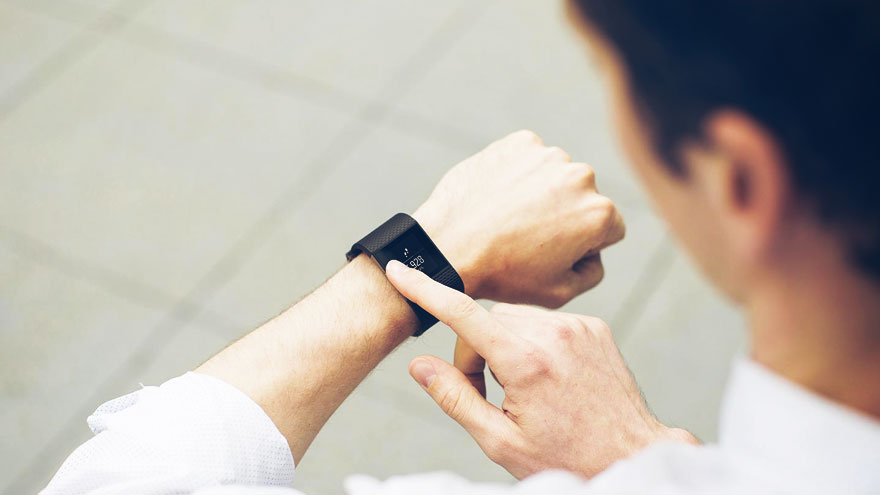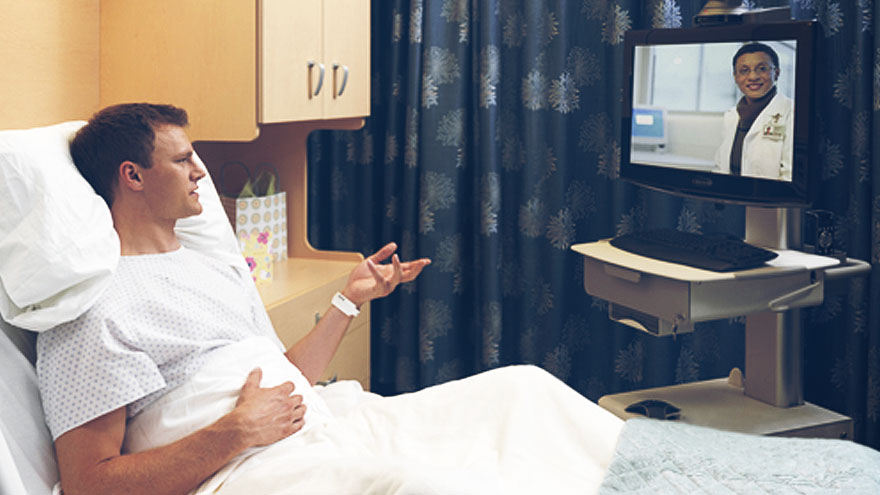Healthcare is one of the fastest changing sectors today, with emerging technologies being implemented and utilized to enhance doctors’ capabilities and improve patient care. Although many of these innovative systems include hardware components, their functionality centers around the use of software.
Currently, advanced software development is having quite the impact on the healthcare community. Let’s examine the top 3 ways these programs are changing the face of healthcare for the better:
1) Electronic health records
In the past, if a healthcare practitioner needed information on a patient, they’d have to sort through stacks of paper files to identify and select the one they needed. There was always the possibility that these folders could be lost, accidentally destroyed or damaged in some way, preventing doctors and nurses from gleaning the data they required.
Nowadays, however, an increasing number of doctors’ offices and hospitals are switching to electronic health record systems, and for good reason.

There are a number of benefits electronic records can offer, including:
Faster, more efficient access to information on patients
Reduced chances for missing or damaged files
Less paperwork and storage issues
Enhanced quality patient care
Without the proper software in place, these advantages would not be possible.
2) The Internet of Things
Other software that is impacting the healthcare industry comes in connection with the Internet of Things, a network of devices connected by software products. The IoT can offer a number of advantages for healthcare providers, including the ability to reduce equipment downtime through remote monitoring.
Say, for example, a hospital is experiencing issues with its MRI machine. If this device is IoT-connected through software, a technician is able to remotely connect with the equipment to identify the problem. Through this remote monitoring and support, the technician can communicate the issue to the hospital and advise them on how to resolve it.
This just one example of how IoT software can change the way healthcare practitioners carry out tasks. The IoT can also enable the proactive replenishment of supplies and more efficient scheduling.
The IoT also includes wearable devices created especially for the healthcare sector, including those that can help patients and physicians better monitor specific conditions and overall health. Medical Device and Diagnostic Industry contributor Jamie Hartford noted that wearables enhance healthcare by providing doctors with a steady stream of information about their patients, instead of the small snapshots that go along with the occasional checkup.

The market shows considerable growth in store for wearables, especially as they become more popular in the consumer sector. Soreon Research found that currently, the wearable healthcare market generated $2 billion in revenues last year, and will grow to exceed $40 billion in the next five years.
3) Video conferencing
When one thinks of video conferencing, one usually conjures images of businessmen in suits operating from opposite ends of the country. Video conferencing hasn’t just been making waves in the enterprise sector, however. It is now more often being deployed in healthcare environments to provide capital savings, better communication and improved patient care.
Take, for example, a patient in one location with an uncommon condition. A doctor may specialize in this disease, but works from a hospital across the country from where the patient is being treated. Instead of risking moving the patient, or dealing with the traveling expenses of flying the doctor out, healthcare practitioners can simply set up a video conference. In this way, the specialist is able to have a face-to-face conversation with the patient, just as he would if he was in the same room.

With the proper video conferencing software in place, patients are able to connect with practitioners, and doctors are able to communicate with one another no matter what location they are in.
Overall, software development initiatives including those connected with electronic health records, video conferencing and the IoT is increasing efficiency, boosting doctors’ and nurses’ capabilities and ensuring enhanced patient care.
